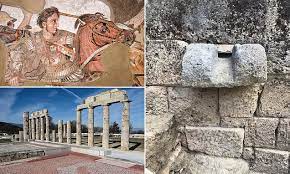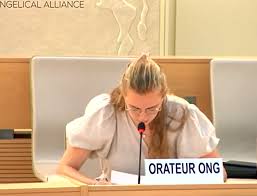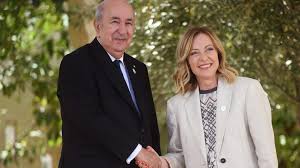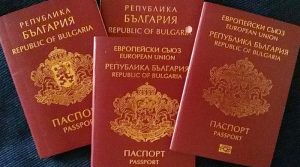Archaeologists uncover Alexander the Great’s bathroom in Greece

Athens: Constructed during Philip II’s reign, the palace comprises courtyards, temples, sanctuaries, a theatre, a palaestra (boxing school), and tombs.
Archaeologists claim to have uncovered Alexander the Great’s bathing quarters and combat gymnasium at the Aigai Palace in the northern part of Greece.
The discovery was first revealed in the conclusive episode of the Channel 4 series “Bettany Hughes’ Treasures of the World.”
Positioned in the heart of the ancient Macedonian kingdom, the magnificent Aigai palace is spread across 15,000 square metres and exceeds even the magnificence of the Parthenon.
Constructed during Philip II’s reign, the palace comprises courtyards, temples, sanctuaries, a theatre, a palaestra (boxing school), and tombs.
“There’s a significant drain carved into the rock, along with a communal bathroom. This area is believed to be where Alexander the Great would have bathed alongside his companions, including his renowned favourite, Hephaestion, and the multitude of young men who accompanied him during campaigns and later vied for control of his empire following his demise,” said Bettany Hughes, host of the series, about the discovery.
Alexander’s favourite Hephaestion was also known as his second-in-command and used to also go on trips with him.
They were both trained in activities like wrestling and hunting, however, the archaeologists have not yet been able to identify his bedroom.
Greece in the month of January uncovered the Palace of Aigai, which holds immense historical significance as it was where Alexander the Great took over the throne as an emperor.
Constructed during Philip II’s reign on an upraised site in northern Greece’s Vergina, the palace was a colossal structure that served as formidable evidence of authority and aesthetics.
The findings by the archaeologists show that the site was continuously inhabited since the Early Bronze Age (3rd millennium BC).





